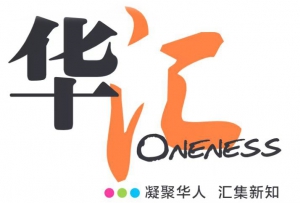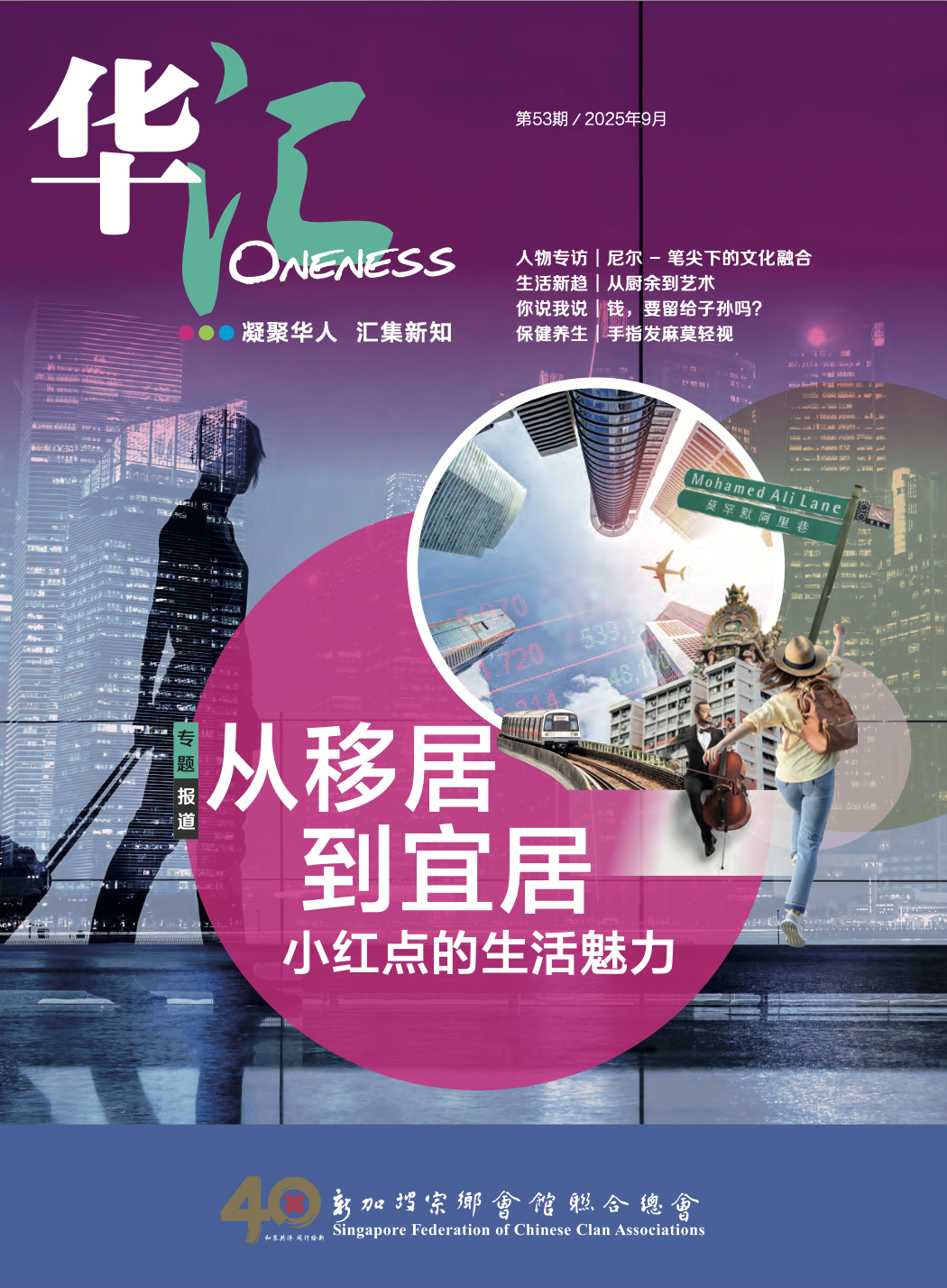欧亚裔饮食文化
魔鬼咖喱不用咖喱粉,白兰地直接倒入蛋糕,欧亚裔饮食有多奇葩?
文│陈爱薇 图│新报业媒体、餐馆提供
中古时期欧洲香料比黄金还珍贵。当时的葡萄牙国王意识到,要打破回教商人对香料贸易的垄断,就必须控制策略性港口,如印度的果阿(Goa)和马来西亚的马六甲。1511年葡萄牙人占领马六甲,之后荷兰人和英国人也先后殖民马六甲。
有鉴于葡、荷、英殖民者男性于16至18世纪,在亚洲与当地女性通婚,19世纪初的海斯廷斯侯爵(Marquess of Hastings)兼印度总督发明了“Eurasian”这个词,指父系为欧洲祖先、母系为亚洲祖先者。
在新加坡不到2万的小族群
根据新加坡欧亚人协会资料,欧亚裔到新加坡的历史可追溯到1820年代。当时欧亚裔跟随莱佛士从印度尼西亚,以及马来西亚来到新加坡。“欧亚裔”这个词最早正式出现在海峡殖民地的记录是在1849年。新加坡独立前约有2万5000名欧亚裔人士。
由于欧亚裔定义相当广泛,目前这个词可用以指所有继承欧亚血统的人。据2020年人口普查数据,欧亚裔约有1万8000人,是新加坡最小的社群之一,占总人口不到0.5%。
新加坡的欧亚裔名人众多,包括第二任总统薛尔思医生(Benjamin Sheares)、起草新加坡宪法的巴克(Eddie Barker)、爵士音乐家和文化奖得主Jeremy Monteiro、老牌广播员Brian Richmond、前官委议员兼艺人欧生优丽(Eunice Olsen)等,还有奥运金牌泳将约瑟林(Joseph Schooling)。
欧亚裔的文化同样是欧洲与亚洲的融合,以天主教徒居多。英语是欧亚裔的母语,社群中还流传着“克里斯坦语”(Kristang)。这是结合葡萄牙词汇和马来语法的特殊历史产物。几个世纪下来,克里斯坦语也陆续吸收广东话、福建话和客家话等。如今新加坡能讲流利的克里斯坦语的估计只有50至100人。
欧亚裔料食谱多不外传
欧亚裔菜肴加入葡萄牙、荷兰和英国菜肴的食材,再以印度、马来和华人,甚至是其他亚洲食材搀和而成,形成地方特色。
常有人将欧亚裔料理与娘惹菜混为一谈。娘惹菜结合马来人与华人的料理特点,常用辣椒与参峇酱。欧亚裔料理则是东西方结合,常用牛油和西方烘焙方式,并用亚洲食材取代欧洲食材,如椰浆取代奶油,腊肠取代西班牙香肠(chorizo)。
-600x400.jpg)
欧亚裔喜欢喝下午茶, 这套珍贵茶具曾在欧亚人协会展出。
欧亚裔大部分食谱都代代相传,不随便外传。本地主打欧亚裔料理的餐馆也屈指可数,具代表性的是加东欧亚裔协会内的Quentin’s The Eurasian,另一家Rempapa则主打欧亚裔料理和娘惹菜等传统风味。
魔鬼咖喱(Devil’s Curry)
-600x339.jpg)
这道菜原名Curry Debal,“debal”在葡萄牙方言是“剩余”。欧亚裔很重视圣诞节,会准备烤火鸡和各式料理。由于传承葡萄牙人不浪费食物和随兴加料的习惯,他们会在圣诞节隔天的节礼日(boxing day),将前一天吃不完的美食做成魔鬼咖喱。这道菜其辣无比,后人觉得“debal”和“devil”的发音相似,于是就有了魔鬼咖喱。
虽然它名为“咖喱”,但不加咖喱粉,反而加了醋。烹饪上传承葡萄牙人的醋腌法,并结合印度和马来半岛的辛香料,包括洋葱、干辣椒、新鲜红辣椒、姜、芥末和醋。
Rempapa餐馆厨师兼合伙人迪希瓦(Damian D’ Silva)是本地著名的欧亚裔料理厨师,父亲是欧亚裔,母亲是土生华人。他家的魔鬼咖喱放猪排骨、烤猪排、培根骨头、火腿和烤鹅(如有剩余),当然少不了马铃薯,他的祖父还有另一种做法,是把猪肉换成鸡肉,调味则选择腌菜和阿渣(Achar)。
甲必丹咖喱(Kapitan Curry)
-600x400.jpg)
甲必丹咖喱是指甲必丹专门享用的咖喱,如殖民地长官和侨居地首领。在殖民地时代,甲必丹咖喱是一种身份象征的高级宴席必备料理,后演变为圣诞节和新年的必备年菜。
有人说甲必丹咖喱是由葡萄牙商船厨师原创的辣咖哩,以果醋腌制和烹煮肉食,再加柠檬调味增香,是一道酸甜香气料理。也有人说,15世纪葡萄牙人把印度殖民的印度奴隶运来开垦马六甲,是印度奴隶与当地妇女通婚后产生的融合菜。
甲必丹咖喱由鸡肉和马铃薯烹煮而成,用的香料很多,配方因人而异,但不会像印度咖喱那样注重辣香,而是不忘西方烹调的清柠香。
炖牛肉(Eurasian Beef Smore)
-600x417.jpg)
这道炖牛肉加入华人爱用的黑酱油调味,所以颜色较黑。炖牛肉也是各家各法,但一般会加入红萝卜、马铃薯和姜丝。它原本用牛舌制作,但因处理的工序繁琐,很多人已改用牛肉。
苏吉蛋糕(Sugee Cake)
-600x400.jpg)
苏吉蛋糕和一般牛油蛋糕最大的不同点,在于主食材是粗粒小麦粉(Semolina Flour)。印度的果阿称它为“Love Cake”,采用冬瓜和腰豆,扎实沉重且很甜。来到新马之后,欧亚裔弃用冬瓜和腰豆,加入白兰地和杏仁。
欧亚裔会在圣诞节前一两个月,将准备好苏吉蛋糕放在冰箱,隔一段时间拿出来插几个孔倒入一些白兰地,让蛋糕更醇香。
传统欧亚裔家庭把下午4点定为喝茶时光,节庆聚餐的切蛋糕活动也会安排在这个时段,在两餐之间来一片蛋糕加上一杯红茶。
Eurasian cuisine’s fusion flavours
Get to know the signature dishes of this unique community.
Translation: Hong Xinyi
The term Eurasian was coined in the 19th century to refer to those whose fathers were of European descent, and whose mothers were Asians. According to the 2020 census, there are about 18,000 Eurasians in Singapore. Although it is one of the smallest local communities, it has many well-known figures, including the Republic’s second president, Benjamin Sheares, musician Jeremy Monteiro and gold medal Olympian Joseph Schooling.
Eurasian cuisine has Portuguese, Dutch, British, Indian, Malay and Chinese influences. It is often compared to Peranakan cuisine, which fuses Malay and Chinese ingredients and techniques. Eurasian food blends elements from the East and West. For instance, its dishes often use butter and Western techniques such as baking. Eurasian cuisine also use Asian ingredients as substitutes for European ones, swopping out butter for coconut milk and chorizo for Chinese sausage. Recipes are passed down from generation to generation within families. However, there are only a few Eurasian restaurants in Singapore –Quentin’s The Eurasian Restaurant and Rempapa (which also serves Peranakan dishes).
Eurasian Beef Smore
-600x417.jpg)
This beef stew is made with dark soya sauce, and its recipe varies from family to family. It typically includes carrots, potatoes and ginger. Originally made with beef tongue, this dish is now often made with other beef cuts that don’t require as much prepping.
Devil’s Curry
-600x400.jpg)
This dish was originally named Curry Debal, with “debal” meaning “leftover” in Kristang (a creole language spoken by those with mixed Portuguese and Malay ancestry). The curry is made using Christmas feast leftovers such as turkey. It is intensely spicy, which perhaps explains why “debal” evolved into “devil”. Despite its name, this dish does not include curry powder. Instead, it features vinegar and Indian and Malay spices.
Kapitan Curry
-600x339.jpg)
Once reserved for colonial officers and others of a certain social standing, this dish was a status symbol and served at special occasions. It evolved into a staple for Christmas and New Year feasts. Some believe it originated from the cooks of Portuguese merchant ships, and also has Indian and Malaccan influences. Ingredients include fruit vinegar, lemon, chicken and potatoes.
Sugee Cake
-600x400.jpg)
Made with semolina flour and almonds, this cake is dense and sweet. It is traditionally made a few months before Christmas, poked to create holes into which brandy is poured, then served at tea time during the festive season.






